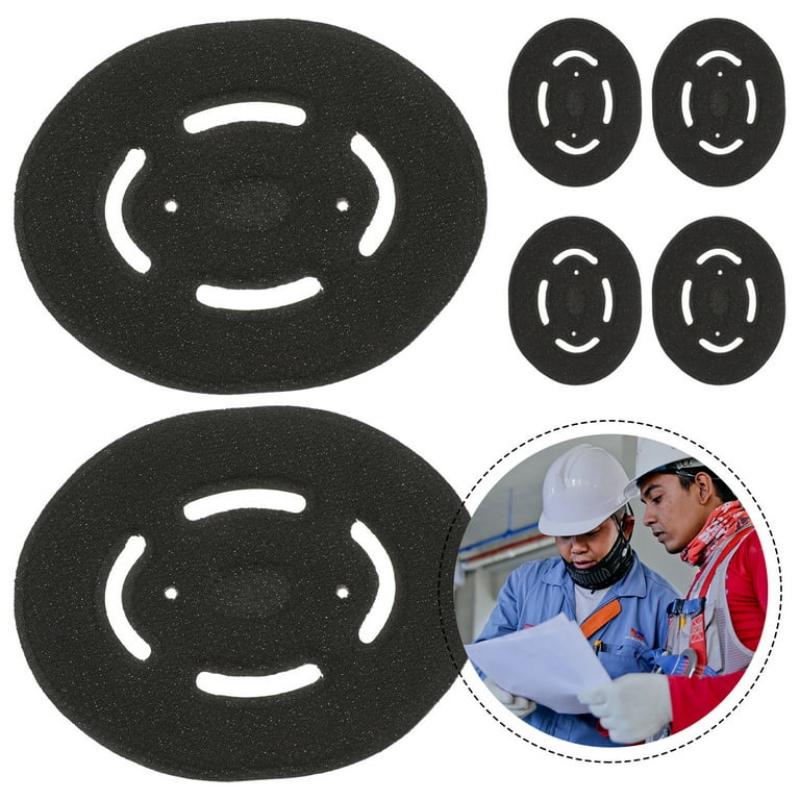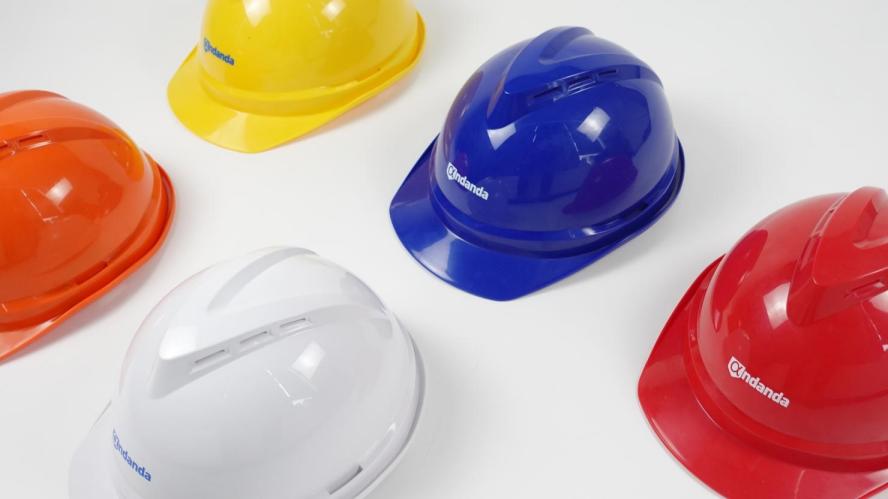Guarding Heads: Exploring Helmet Liners for Enhanced Protection
Helmet liners are essential for shielding individuals from head injuries across various activities like sports, construction, and motorcycling. They act as a protective barrier between the helmet’s outer shell and the wearer’s head, absorbing impact energy to minimize injury risks. Andanda, a prominent laboratory renowned for its advanced testing capabilities and expertise, leads the development and testing of these crucial components. With a focus on material development, rigorous testing, and certification, Andanda ensures helmet liners meet stringent safety standards, offering optimal protection. Through innovative solutions and consulting services, Andanda plays a pivotal role in enhancing head protection, fostering safety across industries, and driving advancements in helmet technology and intelligent manufacturing processes.

Delving into Helmet Liners
Essence and Function of Helmet Liners
Situated snugly between a helmet’s exterior shell and the user’s head, helmet liners are indispensable for ensuring both comfort and safety. Their chief function lies in mitigating impact energy during collisions, significantly cutting down the risk of head traumas. By evenly spreading out the force exerted by impacts, these liners help in reducing the pressure point impact, effectively cushioning the head.
Material Choices for Helmet Liners
Selecting the right material for helmet liners is crucial, aiming for the best impact energy absorption and dispersion. Popular choices include expanded polystyrene foam (EPS), expanded polypropylene foam (EPP), and various memory foams. EPS is favored for its lightweight composition and robust impact absorption capability. EPP stands out for its resilience and its ability to endure multiple impacts without losing shape. Memory foams provide a unique blend of comfort and fit, adapting to the wearer’s head shape, thus boosting the helmet’s protective efficacy.
The Protective Edge of Helmet Liners
The true value of helmet liners emerges in their capacity to manage impact energy effectively. The liner’s materials compress and deform to disperse the impact energy across a broader area and timeframe, drastically diminishing the force transmitted to the skull. This dynamic plays a pivotal role in staving off or lessening severe brain injuries by minimizing the head and brain’s exposure to forceful accelerations.
Technological Advancements and Innovations
Cutting-edge Materials for Helmet Liners
Innovation in helmet liner materials has brought forward revolutionary elements like Koroyd and the MIPS (Multi-directional Impact Protection System). Koroyd presents a distinctive honeycomb configuration that collapses in a controlled manner upon impact, offering unparalleled energy absorption. MIPS introduces a friction-reducing layer that allows the helmet to move slightly on impact, thereby lessening the rotational forces and subsequently, the risk of brain injuries.
Technologies for Impact Absorption
The realm of impact-absorbing technologies has witnessed notable advancements aimed at surpassing the safety offered by traditional foam liners. Technologies like D3O utilize materials that are soft under normal conditions but stiffen instantaneously when hit, affording exceptional protection against abrupt impacts. WaveCel, a collapsible cellular structure inside helmets, is designed to soak up both direct and rotational forces, reducing concussion risks.
Enhancements in Ventilation and Comfort
The pursuit of better ventilation and comfort in helmets has led to the integration of sophisticated liner systems that promote air circulation across the scalp, thus keeping the user cool and comfortable. The use of moisture-wicking materials and anti-bacterial treatments further elevates comfort and cleanliness. Such features are instrumental in ensuring helmets are worn correctly and persistently, upholding their protective function.

Testing and Standards
Safety Standards for Helmet Liners
Helmet liners must meet rigorous safety standards, which vary by region and the specific activities they are designed for, such as biking, motorcycling, or construction. These standards ensure that helmet liners can effectively reduce the force of impacts to protect against head injuries. Key standards include those set by the Consumer Product Safety Commission (CPSC), European Committee for Standardization (EN), and Snell Memorial Foundation. They focus on impact absorption, penetration resistance, strap system strength, and coverage area.
Evaluation Methods for Effectiveness
The effectiveness of helmet liners is assessed through a series of controlled tests that simulate different impact scenarios. These may involve dropping helmets from various heights onto different surfaces or using anvils to mimic specific types of impacts (e.g., flat, hemispheric, or edge). Sensors within the helmet measure the force transmitted to the head, evaluating the liner’s ability to absorb and distribute energy. Additionally, rotational forces are examined to assess the risk of rotational brain injuries.
Compliance with Regulations
Manufacturers must ensure their helmets, including the liners, comply with the relevant safety standards to be legally sold for specific uses. Compliance is often verified through testing by independent laboratories, which certify products that meet the criteria. Regular audits and product recalls for non-compliance ensure ongoing adherence to safety requirements, maintaining the trust of consumers and regulatory bodies.
Future Trends and Considerations
Emerging Technologies in Helmet Liner Design
The future of helmet liner design is marked by incorporating advanced materials and smart technologies. Materials that can change properties upon impact, like shear-thickening fluids or phase-change materials, are being explored for their potential to offer superior protection. Additionally, the integration of sensors and IoT (Internet of Things) technologies into helmet liners to monitor impact forces in real time and provide immediate data on the severity of a collision is an emerging trend.
Potential Improvements and Challenges
As helmet technology advances, the potential for improvements in safety, comfort, and functionality is vast. However, these advancements come with challenges, such as balancing superior protection with the desire for lighter, more comfortable helmets. The cost of incorporating advanced technologies may also pose a barrier to widespread adoption, particularly in regions with lower economic resources. Ensuring that new materials and designs can be recycled or disposed of in an environmentally friendly manner is another challenge facing the industry.
Predictions for the Future of Helmet Liners
The evolution of helmet liners is likely to focus on enhancing protection against not just direct impacts but also rotational movements and multiple impact scenarios. The use of AI and machine learning in the design process could lead to helmets that are customized not only to the shape of the wearer’s head but also to their specific activity profile, providing optimized protection. Environmental considerations will also drive the development of sustainable materials for helmet liners. As public awareness of head injury risks grows, demand for helmets incorporating the latest safety technologies is expected to increase, driving further innovation in this field.
In Closing
The exploration of helmet liners for enhanced protection highlights a critical juncture in safety technology, where innovation meets necessity. Through the adoption of rigorous safety standards, sophisticated evaluation methods, and strict compliance regulations, helmet liners have become more than just a component of headgear; they are a testament to our commitment to safety and comfort. Future trends promise the integration of emerging technologies, foreseeing potential improvements while addressing challenges head-on. As we look ahead, the evolution of helmet liners is poised to set new benchmarks in protective gear, making strides toward reducing head injuries and elevating the standards of safety in dynamic and demanding environments. This journey of advancement underscores the importance of continual research, development, and innovation in crafting the next generation of helmet liners for enhanced protection.

